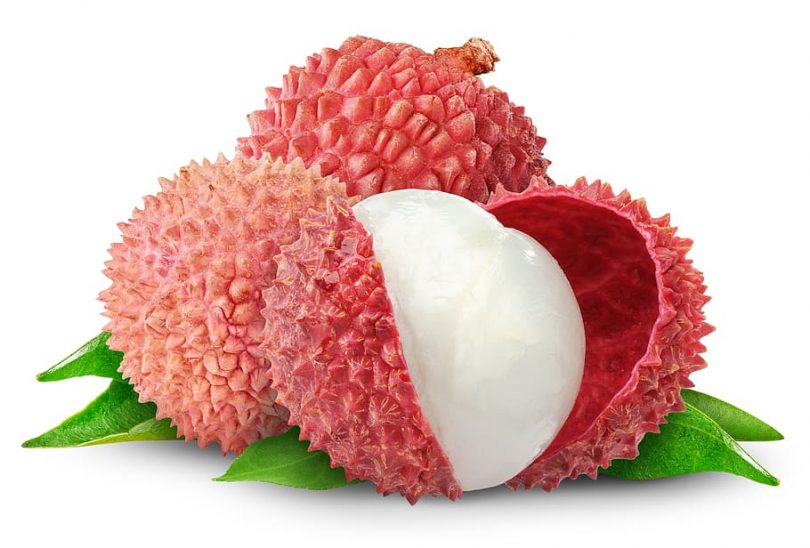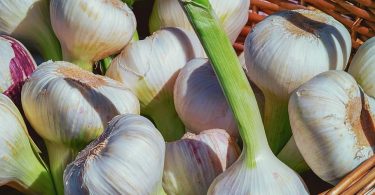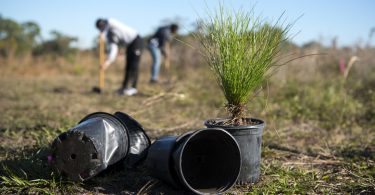The Lychee (Litchi chinensis) is a tropical fruit tree in the soapberry family. It is native to southern China and grows wild in Indonesia, the Philippines and Vietnam. It is an evergreen that grows to 15 meters and bears edible drupes that are more than an inch in diameter. This fruit is red or pink with a large seed that should not be eaten. Here’s how to grow lychee fruit.
Instructions :
1. Ensure the planting site will have full sun and a temperate climate. Mature trees can withstand only a light frost and young trees will need to be protected from cold, heat and high wind.
2. Select rich soil, with deep alluvial loam being ideal. The pH should be around 6.5 and lime may need to be added to reduce the acidity.
3. Keep the soil moist but well-drained. The lychee can withstand brief flooding but not standing water. The water table should be at least four feet below the surface and continually moving.
4. Propagate the lychee primarily by air-layering. Girdle a branch of a tree and allow it to callus for one to two days. Apply a mixture of sticky mud and chopped straw or dry leaves and wrap it with burlap.
5. Water the branch frequently so that it develops roots. Cut off the branch after about 100 days and increase the diameter of the earth ball to about one foot. Grow the air layer in a sheltered nursery for more than a year before gradually exposing it to full sun and setting it out in the orchard.
5 Tips for Growing Lychee Trees in Containers
Lychee trees can be grown in containers, even though it is not the optimal growing conditions for them. Here are some tips to help you keep your lychee tree healthy:
- Lots of Sunlight
Your Lychee Tree will grow the best in full sun on all sides of the tree. If you are going to put your lychee in an area with sunlight on only one side you should turn the tree as often as possible. Lychee trees in containers grow very well outside where they can get full sun around the entire tree. - Fertilizer
We don’t recommend fertilizing your containered lychee tree very often or your tree will quickly outgrow its container. Low concentration, organic fertilizers like kelp and fish emulsion are best. When you do fertilize make sure you spray minor elements on the leaves. Spray liquid phosphorous fertilizer on the leaves when you transplant your lychee tree into a new container and annually in September or October to promote flowering and fruiting of the lychee tree. As you probably know, the pollinated flowers become the fruit. - Mycorrhizal Fungi
The soil quality in potting mix is nothing like the original natural forest environment of lychee trees in Southern China. If you grow a lychee tree in a container, you must take measures to improve and rejuvinate the soil quality or your tree will slowly die within a few years. Mycorrhizal Fungi is a soil treatment that will increase the roots ability to absorb and distribute nutrients and water and innoculate the tree against many plant diseases and pathogens. - Trim the Roots
Once a year take your lychee tree out of its container and trim back the roots. Even if you are moving your lychee tree to a larger container, you should still trim back the roots. If you let the roots of your containered tree grow uncontrolled, you risk having an unhealthy tree. When the roots are all matted together, the root system does not breathe or absorb water and nutrients evenly which can eventually kill your tree or cause it to decline. - Flower Pollination and Fruit
In order for your lychee tree to bear fruit, you must to have a way to pollinate the female flowers. Outdoors bees, wasps, and other insects do the job for you. In our grove we have large beehives to make sure that our grove produces fruit every year.
If your lychee tree is indoors or in a screened patio, you will have to manually pollinate the flowers if you want fruit.
Fresh Lychees straight from the tree in midsummer is one of the true delights in life.
Brought to North Queensland by Chinese gold diggers late last century they have remained unknown to most Australians until very recently. It is only now that they are being grown commercially and starting to find their way into the better fruit shops in season, that some Australians are being privileged with a taste of these irresistible little delights. Many people have tasted canned lychees as served with icecream in Chinese restaurants, but rest assured the canned ones just cannot be compared to the real thing. The lychee tree is very attractive, Evergreen, medium size with a rounded crown and dark glossy foliage. Variety Bengal has bright pink new growth.
HOW LONG DO THEY TAKE TO BEAR ?
Some varieties take several years, but the variety Bengal will bear in three years. Of course this crop is only small but the Lychee is a long lived tree and each year the crop will get bigger. For example, at six years, the average yield in NSW is 10 Kg , at 10 years, 42 Kg and so on.
WHERE CAN I GROW A LYCHEE TREE ?
Lychees will grow in a very wide range of soils from sand to clay base. They prefer a sheltered (from wind) but sunny spot and need a clear space of at least 4 metres (all around) the trunk.
DO THEY TAKE FROST ?
Lychees will not stand heavy frost
especially when young. If well sheltered with a guard for the first two winters or until the tree is 1.5 M (five ft) high, it will then stand light frosts to -1 degrees.
DO THEY NEED SPRAYING ?
Lychees are relatively free of pests especially in the home garden or mixed orchard situation. The main thing to watch for in young trees is scale insects. If you only see a few scales don’t worry because they are probably being controlled by insect predators. If you have a heavy infestation it is best to spray with a recommended chemical for scale but be careful because Lychee trees are sensitive to some chemicals. If the scale is being spread (“farmed”) by the common little black ant, then you may solve the problem by drenching the soil around the trees with something recommended for killing ants.
DO THEY NEED PRUNING ?
Occasionally the branches need thinning or selecting for good open crotch angles but this only needs to be done every two or three years.
WHEN DO I PLANT A LYCHEE TREE ?
Best to plant Lychees in early to mid summer – that is, about November to February, so that they are settled in before winter. Do not expect much growth in the first twelve months as they are slow starters.
ANY SPECIAL REQUIREMENTS ?
Yes. Lychees have no drought tolerance whatsoever. They must be kept moist at all times. Whereas most trees will wilt when dry, then recover sometime after watering, the Lychee will not recover from a dry-out, but will drop its leaves and eventually die.
HOW DO I PLANT MY LYCHEE TREE ?
- Keep well watered in pot until planting.
- Dig a larger hole than pot size, and work in 1/3 bag well rotted or processed manure.
- Place tree in hole after removing the pot, and fill around so that all the roots are covered. On no account disturb the roots !
- Water in very well.
- Spread 1 Kg dolomite around the tree on soil surface.
- Mulch soil surface around the tree.
- Do not stake the tree, but if it is in a windy area, erect a wind guard around the tree.
AFTERCARE.
- Keep well watered.
- Fertilize frequently during first four years but only a little at a time. Lychees are susceptible to any kind of sudden shocks. A sudden large dose of fertilizer can cause them to set back badly.
- Protect from frost and cold winds in winter until 2 metres high.
Source : https://gardener-pro-ok.blogspot.com






